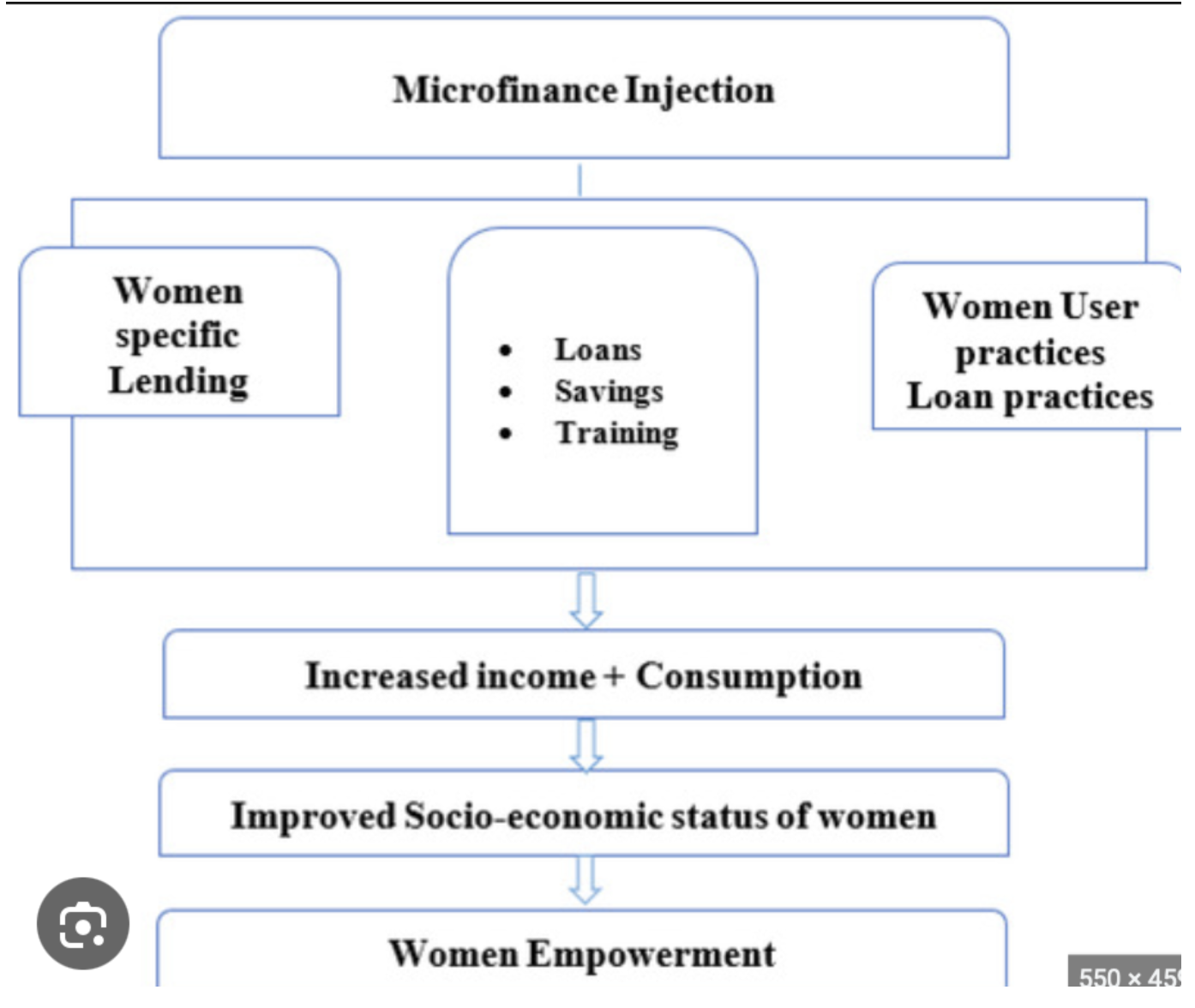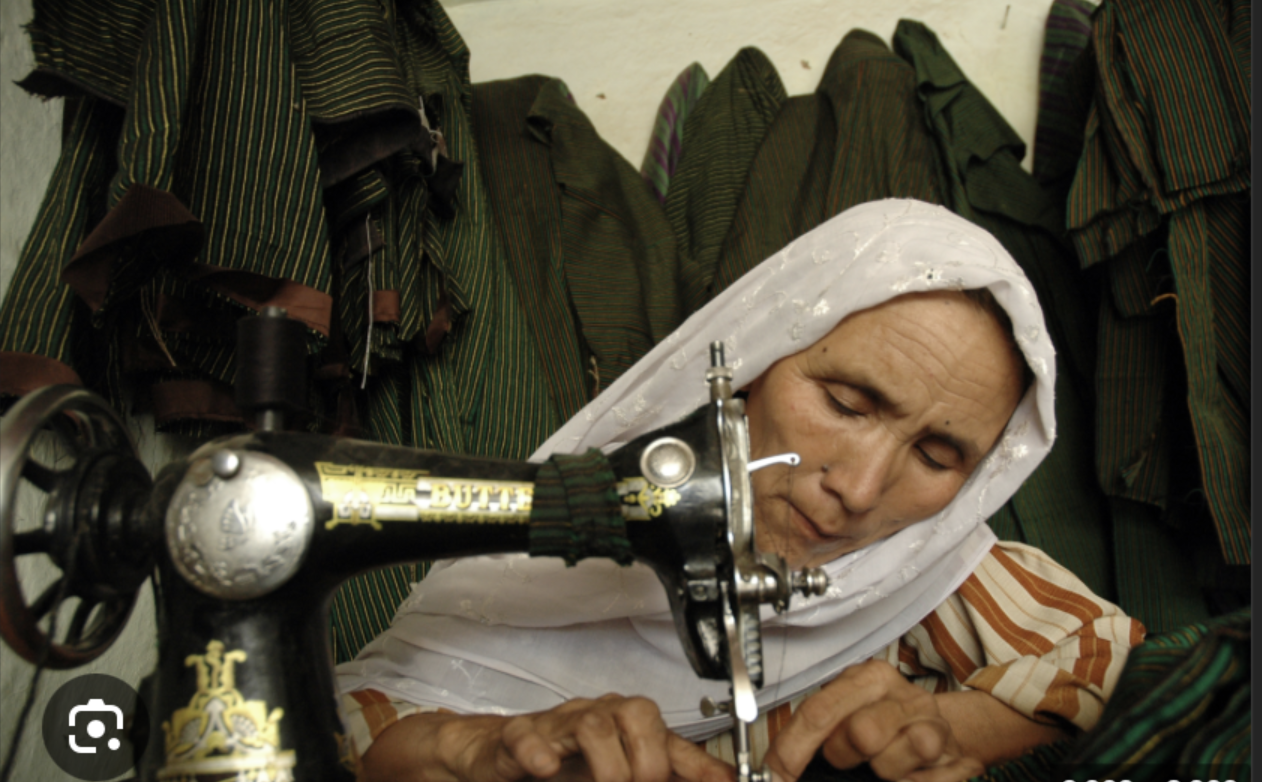(MICROFINANCE CAN MAKE ALL THE DIFFERENCE)
September 6, 2023
Hello everyone,
I came to understand a lot about microfinance when I was living in the U.K. while my son was at school there. My sister-in-law runs a charity based in Uganda. She saw first-hand the difference microfinance made for women in rural Ugandan communities. During many of our lengthy discussions about her experiences with these Ugandan women, I came to appreciate the power of microfinancing and how empowering it is for women in undeveloped parts of the world and developed parts of the world.
What is Microfinance?
Microfinance is typically seen as a financial service that many financial institutions and non-.
profit organisations provide to an individual or group of people who are excluded from traditional banking services. Many microfinancing entities offer small portions of working capital loans as credits. The small portions of capital loans are called microloans or microcredits.
Types of microfinancing.
Microcredit is a part of the larger microfinance industry which focuses on providing individuals having low income with credit, savings, insurance, and other possible financial services. The interest on the loan and the amount of the loan will depend on the size of the business and whether it is in an urban or rural area. For example, a farmer may require small funds to buy seeds for the season. In this case, the microcredit institution or non-profit can offer the farmer small lines of credit and small loans.
Microloans are short term loans in small amounts for entrepreneurs, small business owners, who need an injection of capital to start a business. These loans can also be used to pay salaries of newly appointed employees or simply for maintaining cash flow. The main purpose of these loans is to promote socio-economic development and support new start-ups.
Microinsurance targets people in the informal sector and is available for people on low incomes. Microinsurance can help in one-time events such as a day trip or emergency health requirements. It is available to people who hold few or no assets. It may be used to cover an agricultural crop.
Micro savings are the savings accounts that allow individuals and businesses to save money in smaller amounts or increments. Usually has zero service fees and flexibility on withdrawals.
The main characteristics of Microfinance:
Collateral is rarely required. Many microfinancing institutions offer collateral-free financing services to individuals and businesses.
Most borrowers have low incomes. The purpose then is to provide financial assistance to people – businesspeople or entrepreneurs - who do not have access to easy banking solutions.
The type and amount of the loan varies according to location and business. Microfinancing institutions usually provides lines of credit and loans in smaller amounts. The amount may vary depending on the type of business and the location.
Loan tenure is usually short. Individuals can repay the amount in smaller installments. The borrowers repay the amount of the loan within the time that micro-financing institutions decide.
The purpose of microfinancing is to generate business income for people in undeveloped parts of the world.
Benefits of Microfinance
Microfinance can help small businesses and individuals in both financial and social ways. They create self-dependency and sustainability in the economic aspects of their business. Microfinance motivates entrepreneurs and gives them the confidence to start a small business. It also helps individuals spend their savings on basic requirements, such as installing power or other necessary goals. With the help of microfinance, small businesses and individuals can put their ideas into reality. Microfinance provides security, economic growth, and business opportunities.
Provide accessibility. Imagine you were a woman living in rural Uganda with six kids. You cannot afford medication for your chronic ailments, education for your children, or birth control pills to stop having children. You have no identification papers that we mostly take for granted. I’m talking about a birth certificate, driver’s license, etc. Arguably, there are many, many women in Uganda who have zero assets and often fail to get loans from major banks. They also don’t have the necessary paperwork or certifications traditional banks require for loans. Microfinance makes it easier for these individuals to get financial assistance.
Microfinancing offers better loan repayment to women entrepreneurs. So, this helps empower women in their communities.
Microfinancing provides education opportunities. Many small families in rural areas depend on farming for their income. This can make it difficult for them to invest a lot of money in the education of their children. Additionally, such families may require men at the farm, so their children usually work with them. In such cases, microfinance can help families to focus on providing better education to their children.
Microfinancing can help create job opportunities. Microfinancing often provides businesses with an opportunity to create employment. Businesses can hire employees for different job roles. A business properly funded through microfinance can create local job opportunities can help in local economic growth.
Relieving financial burdens when starting a new business is made possible through microfinancing. Anyone knows that the immediate costs of a new business venture can create stress and worry. Microfinancing reduces monetary issues by providing them with financial services that allow them to pay their monthly bills. Therefore, with the heavy lifting done by microfinance, the business owner can focus on improving products and services for his/her target audience. It follows then that entrepreneurial activities become less stressful and allow other community members to engage in such businesses.
Have a great week.
Cheers,
Jacquie



